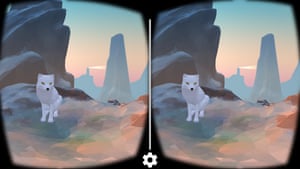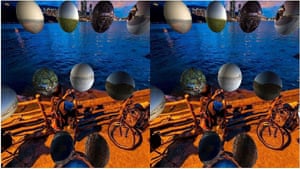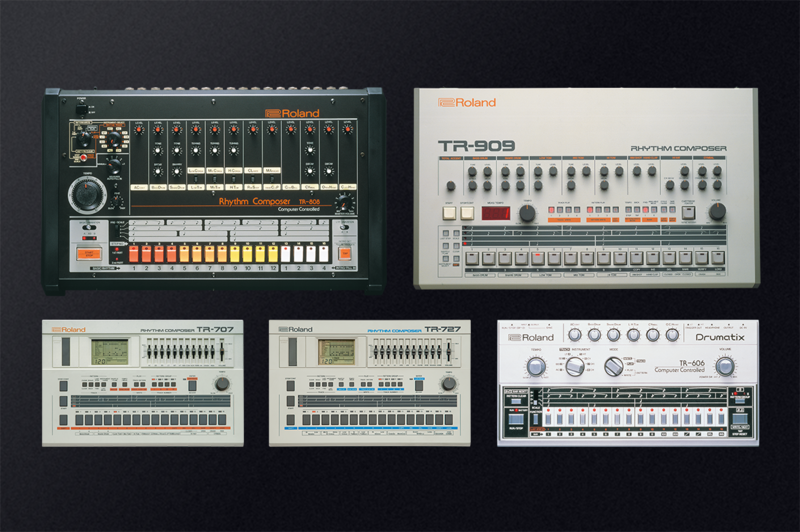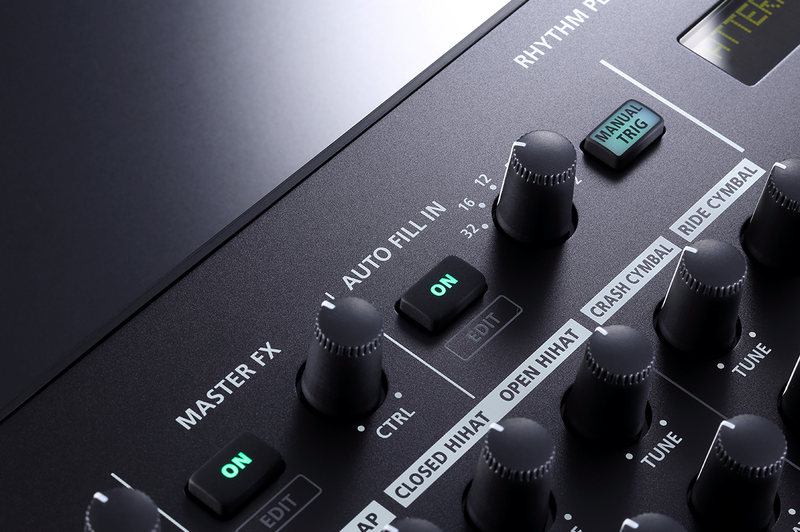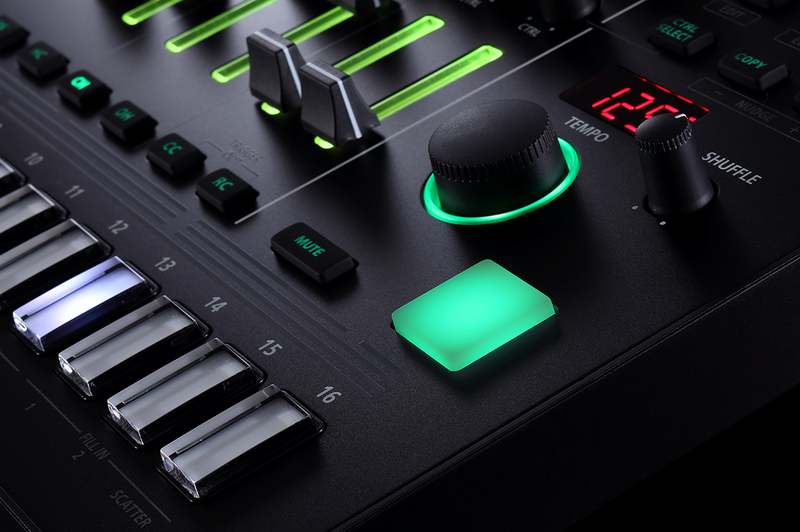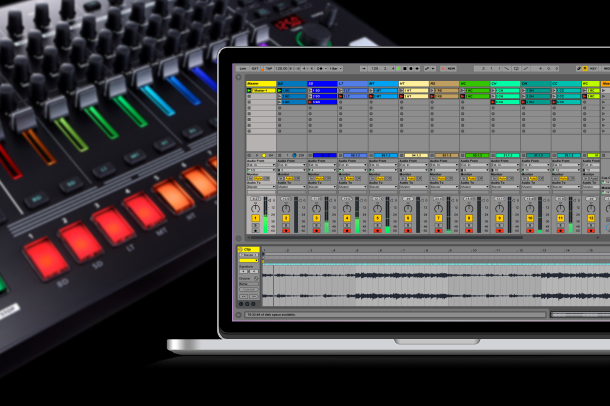Get started with VR on your iPhone or Android phone with these 100 apps, spanning films, games, news and 360-degree photo-sharing
You don’t need to spend hundreds of pounds on an Oculus Rift or HTC Vive headset to give virtual reality a try.
The Android or iPhone handset in your pocket is a VR device in its own right too, especially when paired with a sub-£20 Google Cardboard headset that uses your phone as its screen and works with both Android and iOS.
If you’re getting started with VR on your smartphone, here are 10 of the best apps to explore. They’re regular Android and iOS apps rather than ones requiring Samsung’s Gear VR mobile headset – that’s a separate roundup in its own right for the future.
Note, the recently-launched Guardian VR app (Android / iOS) is not included in this roundup for reasons of fairness, but it’s worth a look: currently it has the Guardian’s first VR film, 6x9, which tells the story of the psychological damage of extreme isolation.
Starting with a really obvious one: YouTube is very keen on 360-degree videos and virtual reality, so there’s a rapidly-growing catalogue of these videos to watch on its service, from wildlife to music videos. “360” and “VR” are useful search terms to root out the best examples.
One of the first downloads for anyone with a Google Cardboard headset. This acts as an introduction to what’s available, from wraparound Google Earth to zipping over the Arctic. The app is also a decent listing of other Cardboard-compatible apps that are available: new ones are emerging every week.
A growing number of documentary-makers are excited about VR’s potential to make us feel their movies. Vrse is an excellent place to start: it has music videos and fun shorts, but also more serious videos exploring our world. For more on what Vrse is up to, read this interview with co-founder Chris Milk.
Like the Guardian and companies like Vrse and RYOT, the New York Times is experimenting with virtual reality as a news format. Its app is a showcase for its VR reports, taking you from the depths of the ocean to the surface of Pluto, via the spire of 1 World Trade Center.
I can’t say much about Sisters without spoiling the plot, but this is an early – and frankly terrifying – glimpse at what virtual reality might be able to bring to the horror genre. It’s a short, scary experience that hints at plenty of potential. Just don’t play it late at night on your own.
Orbulus is evidence that one of the more convincing applications for VR is to give us a new perspective on real-world places we can’t visit in person. It’s a gallery of images created using Google’s Photo Sphere technology from some of the most famous tourist hotspots (and lesser-known scenes) across the world.
I could have chosen Google’s Cardboard Camera app as an example of shooting your own photos to be viewed in 360 degrees. Seene is even more interesting though, with the addition of features to easily share your 360-pics with the world. It’s fast and easy to use, with plenty of inspiration from its community.
Jaunt is comparable to Vrse in its mixture of entertaining videos and more serious short-films. There’s good variety here too, from live performances by Jack White and Paul McCartney to news events and an ABC News report from Syria.
Part game and part educational app, InCell VR is a spiffing-looking recreation of human cells, with the twist that you’re flying through them. The game part involves racing through the colourful environment outrunning a virus wave. It’s intense, but there’s science behind the fun.
The Huffington Post liked the films of VR production firm RYOT so much, it bought the company earlier this year. RYOT has made a series of virtual-reality documentaries in far-flung places, with an emphasis on serious issues: riots, refugees, earthquake relief and other topics. For more on what RYOT is doing, read this interview with its co-founders.
This is just skimming the surface of mobile VR in 2016, though: there are dozens more excellent apps to try. Which ones have impressed you most that aren’t mentioned here? The comments section is open for your recommendations.

